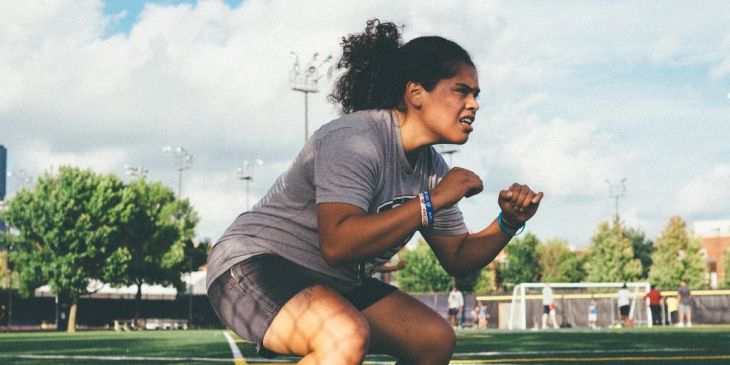The Truth About Athletic Scholarships at College

There are a huge number of sports sponsored at college. Many, but not all, sports allow coaches to award athletic scholarship money to its athletes. Few - far from all - sports are headcount sports, which allow coaches to award full scholarships to its athletes. If a sport is not a headcount sport, it’s an equivalency sport. Whether a sport is a headcount sport or equivalency sport depends on the governing body (NCAA, NAIA, NJCAA) and the division.
Equivalency & Headcount Sports
Say, you’re a head coach at a NCAA D2 school. If you have a fully funded men’s soccer program, you can award 9 scholarships to your players (soccer=equivalency sport). What does that mean? As a coach you can decide how large a portion of these 9 scholarships you award to your goalkeeper, your best midfielder, forward and so on. Technically, you may receive a full-ride scholarship, which leaves the coach with 8 scholarships for all the other players. But you could also be offered a 50% scholarship or a 90% scholarship. Either way, some of the costs would be for you to cover and you would then be the recipient of a partial scholarship. That said, it could be that you qualify for academic scholarship money at the university and perhaps you could get to a 100% scholarship by receiving a combined offer of academic and athletic funds.
NCAA D1 and D2 women’s tennis for instance are headcount sports, which allows coaches plenty of athletic funds to hand out. Are you a female tennis player? Then, you really have picked a good sport and you have a great shot at being one of the few to receive a full-ride :)
College Experience - Investment in Your Future
But this article is really not about getting a full-ride by no means. If a product, a service, an experience is worth something to the "consumer" it has a price tag. We want you and your family to understand what a unique opportunity and chance collegiate sports is. We want you to understand that your athletic ability can help pay for the costs of an undergrad education at college. We want you to understand that it has its price and its an investment in the future of your (your child’s) life. We also want you to understand that you are not entitled to be awarded athletic scholarship money more than other athletes. And finally, we want you to understand that you shouldn’t head into the recruiting process with wrong and unrealistic expectations.
You and your family gotta ask yourself some tough questions:
- What am I willing to contribute with financially for the experience of receiving 1-4 years of higher education? (Check out "College Tennis: What is Your Annual Budget?")
- How can I align my financials with the expectations that I have of my future school?
- Can I solve the equation or do I need to be looking at universities that are cheaper in price (such as 4-year public universities and/or 2-year community colleges)?
Below infographic will help you understand some of the above a lot better: Note that the team from Ohio University (NCAA D-I) that put together this graphic focused on NCAA schools (Division 1-3), leaving aside NAIA and NJCAA schools completely. A really helpful visualisation to understand some of the things you might have heard of and/or phenomenons you have come across yourself. For example, why do coaches keep asking me about my annual budget? Why do I receive a lot of interest from strong D3 schools, even though they don’t have any athletic scholarships?

Get a Scholarship Offer
The above graphic also comes with some important implications. It is very much up to you how much financial aid you will be offered and it depends on two things:
- Firstly, your performance in your particular sport (level of play/skills).
- Secondly, how well you have understood the recruiting process. (Are you targeting the right schools? Are your expectations in line with reality? Do you get professional help, etc.?)
It is up to you what you make out of it, but don’t say you weren’t aware that your grades and test scores could help you a great deal getting admitted and offered a good scholarship (Read "2 Academic Focus Areas For Tennis Recruits to Boost Their Chances").
It’s also up to you whether you take ownership of your recruiting process: Are you willing to put in time and effort yourself? Or should you rather have recruiting experts assist you with the entire process and get you a better scholarship offer than you would be able to find? Both options have its advantages and disadvantages, but you are in the driver’s seat to make the call on what fits better to your specific background.
If you need somebody to discuss all of this, drop us an email at contact@smarthlete.com and we’re happy to talk about your specific case. Perhaps you just need to get a few answers to your questions or perhaps you decide you want us to start find you a scholarship offer already tomorrow. Both works for us and most importantly, it has to work for you :) Give us a follow on our social media accounts (Facebook, Twitter or Instagram) or sign up for our newsletter on the upper right corner to make sure you don’t miss out on any of the upcoming blog articles!
The infographic was provided by the Ohio University. Find the original article here.